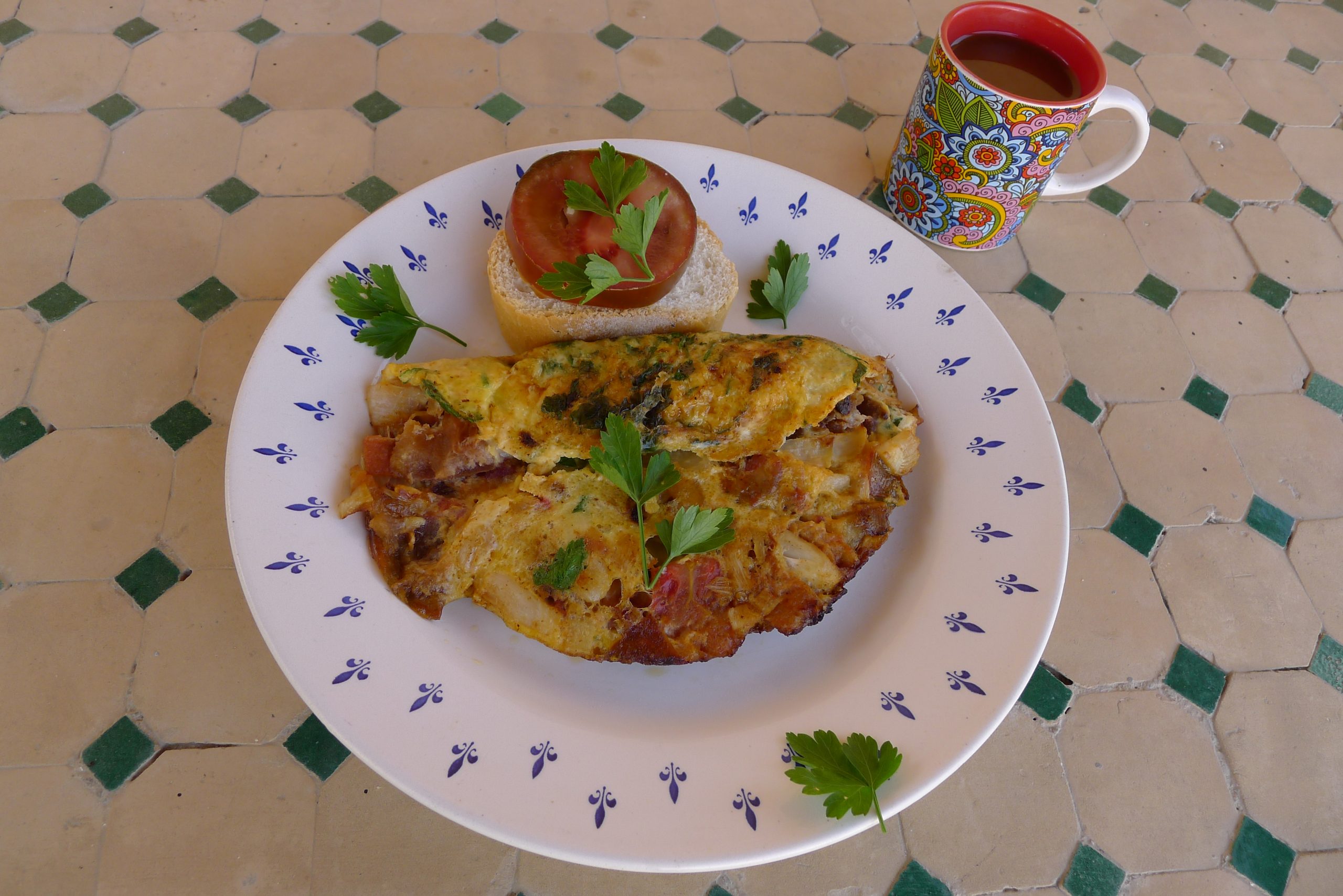Download word.doc | Image file here and here | Return to Editor’s Lounge
Credit: Ari LeVaux. Additional image options available on request

The Secret of the Iberians
“Quien corta el jamon en tu casa?” asked butcher, his breath smelling of wine. “Who cuts the ham in your house?”
“Yo,” I said, raising my hand. “Venga, entonces” he beckoned. “Come here, then.”
I walked behind the counter of Santiago’s meat store in Lanjaron, Spain, and Santiago handed me the knife. I began slicing thin sheets of Jamon Iberico (Spanish prosciutto), as I’d watched him do, and placed the pieces on a sheet of wax paper. Then I bought some wine, sheep milk manchego, olive oil and a half pound of “Secreto Iberico” — Iberian Secret.
I had first encountered the Iberian Secret in a restaurant in the nearby town of Orgiva where it was used to flavor sautéed artichokes. It’s a secret I do not intend to keep.
“Food is either fatty, or sinful,” Santiago said in Spanish.
“You two are like, the exact same person,” observed my wife.
Down the street, I bought a sack of fresh raw almonds and a jar of local honey, two ingredients that seemed made for one another, from a man who ended the transaction with a sermon on the evils of plastic bags. We then walked up a steep hill to the Mercado Central for some avocados, onions, garlic, escarole and, of course, artichokes. The artichokes here are smaller but meatier than the ones at home. You can scrape the “flesh” off the entire leaves, not just the bottoms. Even the “chokers” in the middle are soft.
From the street food stand to the white tablecloth, I’m as omnivorous as they come, and my big mouth is an open door to all types of food, in all contexts. But while dining out is a fun treat, it can divert you from culinary experiences that are a lot more meaningful. I consider restaurants to be gateways to a new food scene, rather than the goal.
I’m writing today from Andalusia, in Southern Spain. My family came here to wait out mud season back home, while spring is in full swing here. Today, here, the air smells like a mix of almond and citrus blossoms. The fruits and vegetables of the original Mediterranean climate burst from the ground and drip from the trees like a palate of perfectly mixed paints, and there is nothing I’d rather do than get my hands on those art supplies and make my own creations. But I don’t need to reinvent the wheel. So I hit a few restaurants to see what chefs do with the local produce in order to orient myself to the possibilities of these ingredients, and to be inspired as I mess around with the fruits of the terroir. Then I got to work in the kitchen of my rental house.
Playing with local ingredients offers a ground-level view of a place that is only available to those who dare descend the pampered throne of being served by cooks and waiters. Whether I’m making my usual recipes with local versions of familiar ingredients, or learning new ways to use them altogether, cooking on the road is my favorite way to explore. When you ingest particles of a new place into your body, that landscape, and the culture of the people who coax food from it, become a part of you. It’s hard to imagine a more meaningful communion. With your feet on the ground you are no longer a tourist, but a local in training.
Scrambled tortilla de huevo con Secreto Iberico
Tortilla de huevo is a Spanish-style omelet. It traditionally resembles a flat pancake, but since my flipping skills aren’t great, I make a Western-style folded omelet, or simply stir it up like scrambled eggs. Secreto Iberico is cut from the front of the pork belly, also known as bacon. So you could call this meal bacon and eggs and not be wrong. That said, this is not your mama’s bacon and eggs.
2 slices of bacon, minced
(if the bacon is too sinful: 1-2 tablespoons of olive oil)
1 clove garlic, minced
¼ cup minced onion
1 small diced tomato
½ cup parsley
1-2 tablespoons crumbled sheep’s milk manchego cheese
2 eggs
One serving
Fry the bacon in an omelet pan, and remove the crispy pieces from the pan. If there isn’t enough bacon grease remaining in the pan, add some olive oil.
On medium heat, fry the garlic, onion and tomato.
While that’s going on, beat the eggs in a bowl with the cheese.
When the garlic, onion and tomato are cooked down, about 10 minutes, add the parsley, mix it in, and cook for 1 minute.
Remove the contents of the pan, but leave the grease, and add more olive oil if the pan looks too sinful, as Santiago would say. Pour in the beaten eggs, and let cook for about a minute. Add the veggies and Iberian Secret, and fold or scramble the omelet.